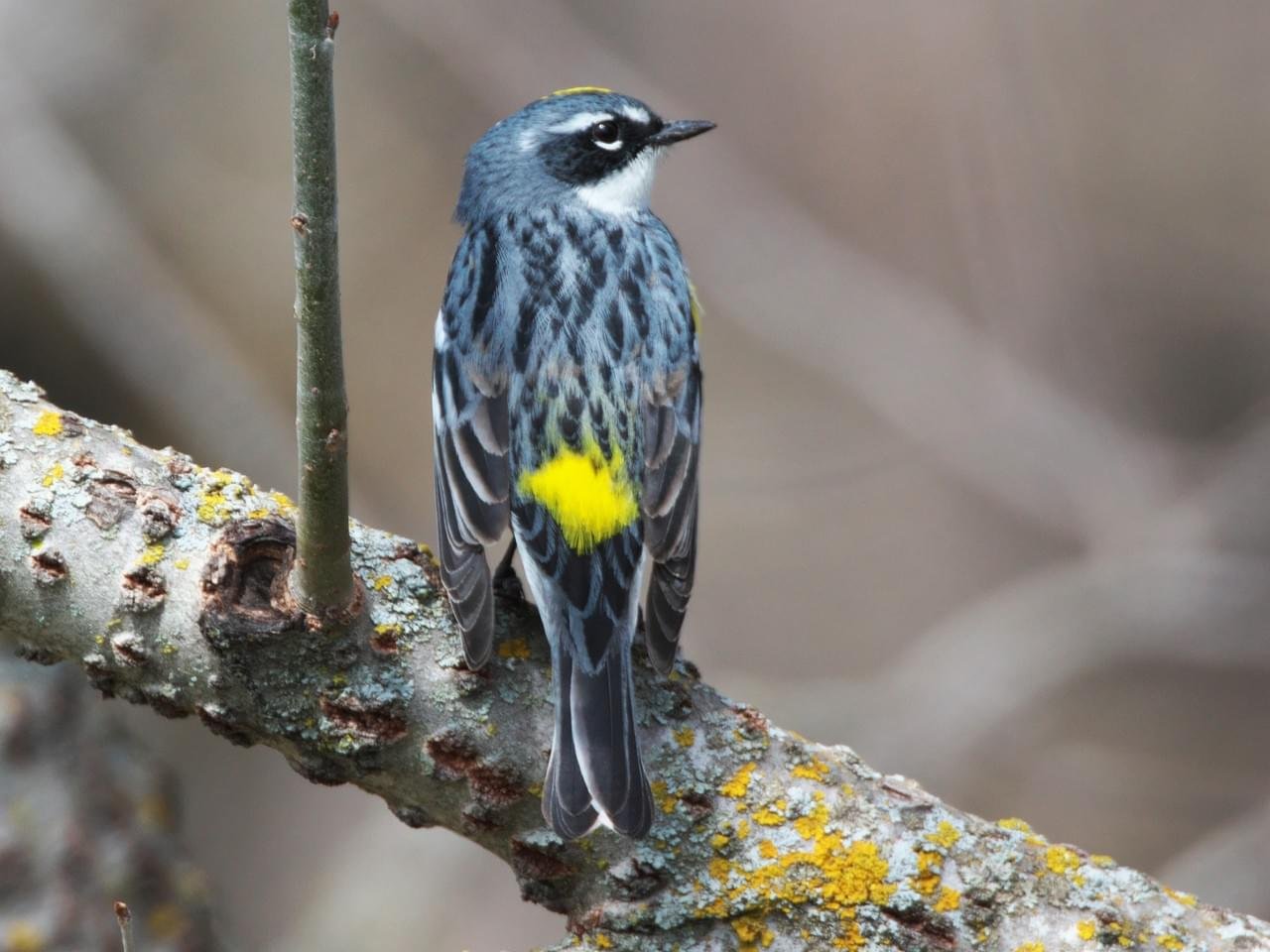Consider Native Plants
Many of you, including myself, experienced loss, or at least significant damage, to plants with the rapid temperature drop and freezing weather this winter. Most leafy evergreens really took a hit as wind and subzero temperatures caused leaves to turn brown and drop off. This does not mean the plants are dead, and one will have to wait to see if new growth emerges. But if you are planning on replacing some plants, I suggest choosing native plants.
Habitat loss is the number one reason for species decline as development continues to reduce land once occupied and utilized by insects, birds, and animals. Vast amounts of natural habitat are now becoming islands of habitat. Scientific studies confirm wildlife thrives in greater numbers where gardens are planted with native plants that provide seeds, nuts, fruit and produce valuable blossoms for nectar. Spring is nearly here and gardening will be on your mind. Give some thought to replacing those cultivated varieties of plants with natives and the rewards will be great. Aside from attracting birds that do not visit feeders native plants require less watering, attract pollinators from bees to butterflies, do not require pesticides, survive tough TN growing conditions, and they are beautiful. A great local source and recognized as one of the leading native plant nurseries in the U.S. is GroWild in Fairview, TN. www.growildinc.com
The Perennial Plant Society of Middle Tennessee is another good resource for plants and information. They will be having their annual plant sale on April 8th from 9 am to noon at the Nashville fairgrounds. Visit their website for more information. www.ppsmtn.org
Another organization you may want to be familiar with is Habitat Connection. Habitat Connection is a non-profit organization made up of a small group of people sharing a passionate interest in improving habitat on a small scale, namely our yards. Their goal is to improve the health of our ecosystem in yards and to create connectivity for birds, wildlife, and us. They can help you implement a plan specifically for your yard. Check out their website to learn more, www.thehabitatconnection.org
When are the hummingbirds coming?
It’s a question we hear a lot in the store beginning in February. We are just 2 ½ weeks away from some of the first sightings of Ruby-throated hummingbirds. Ruby-throated hummingbirds (RTH) are in fact moving this way as they do every year at this time. Male RTH’s begin arriving along the Gulf Coast in February preceding females by as much as a week to ten days. There are no exact arrival times but year to year observations suggest they are quite punctual. For 30 years I’ve noted the first siting of a hummingbird at my home. It’s never been earlier than April 4 and never later than April 11. And it has always been an adult male. It's often thought if it's warmer here they will arrive sooner. Perhaps warmer weather will aid them in their migration but it doesn’t mean they will get here that much earlier. After all they do not know it’s warmer here. Migration is triggered by the lengthening of daylight hours, and instinctively they have made this journey from Central and South America for thousands of years. The very earliest hummingbirds may be seen in the last week of March with the bulk of them arriving or passing through from mid-April to mid-May. Many of these birds will continue to their breeding areas as far north as Canada and all areas in between while some settle here for the summer.
The other question we answer regarding hummingbirds is “when should I put a feeder out?” You may put one out as early as the last week of March but do not expect late summer-like activity. Feeders are of assistance but certainly not like they are prior to fall migration. This year may be different in that plants that provide blossoms for nectar may be in short supply from winter damage. We shall see.








